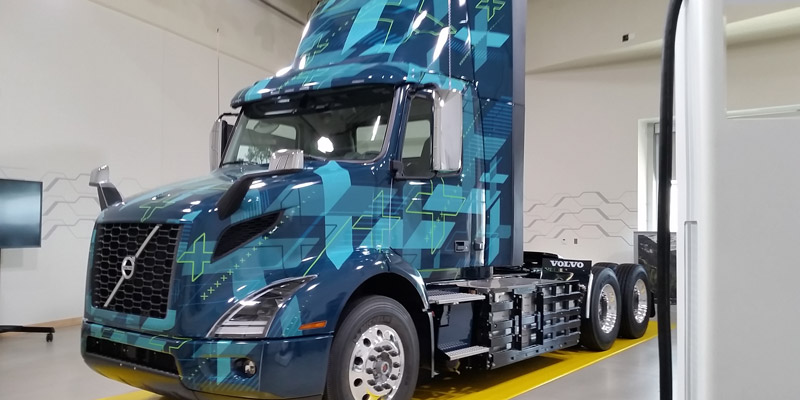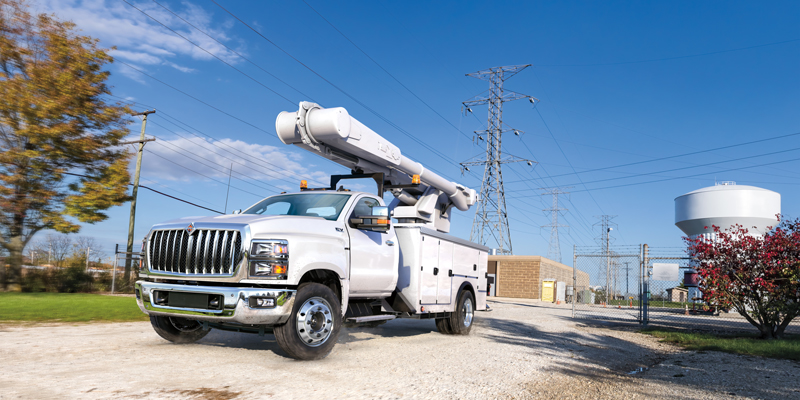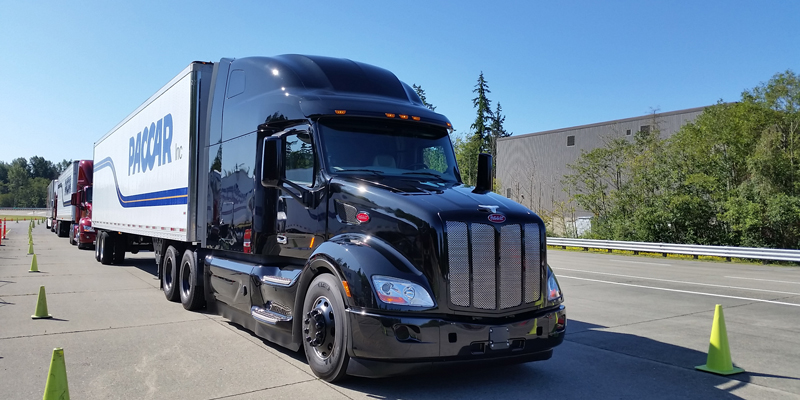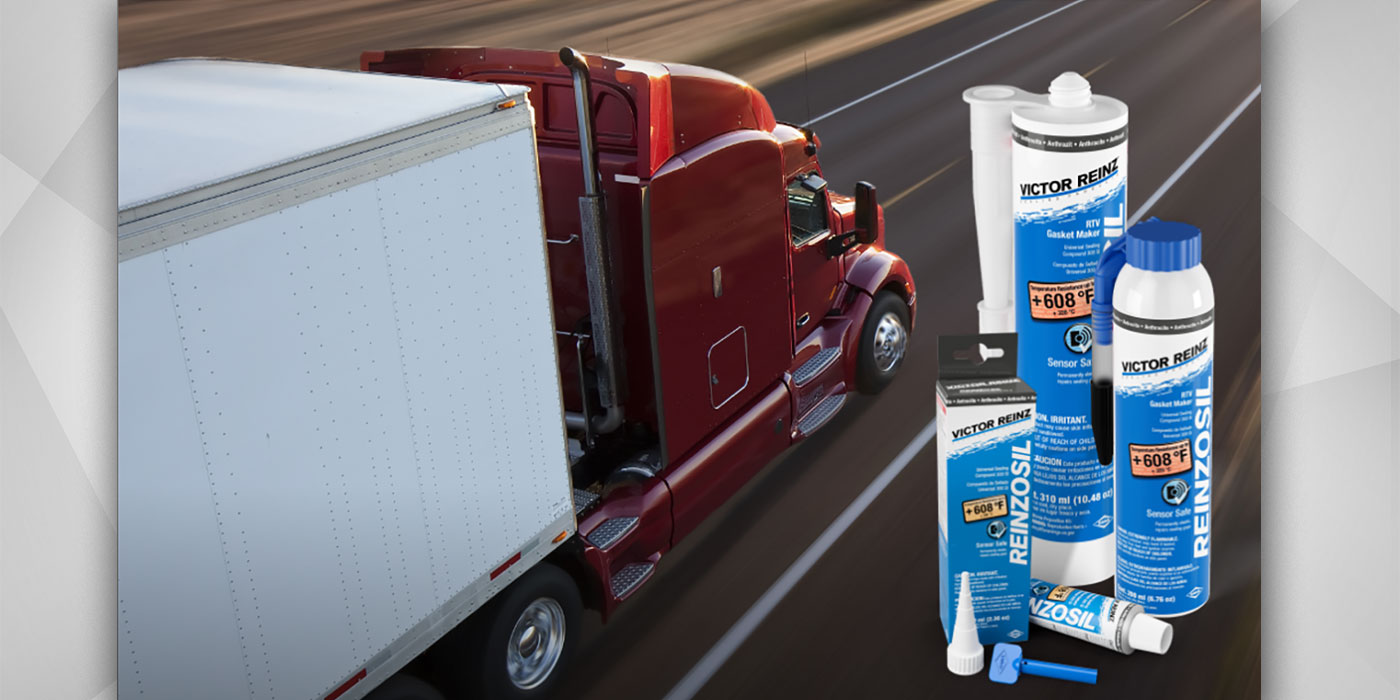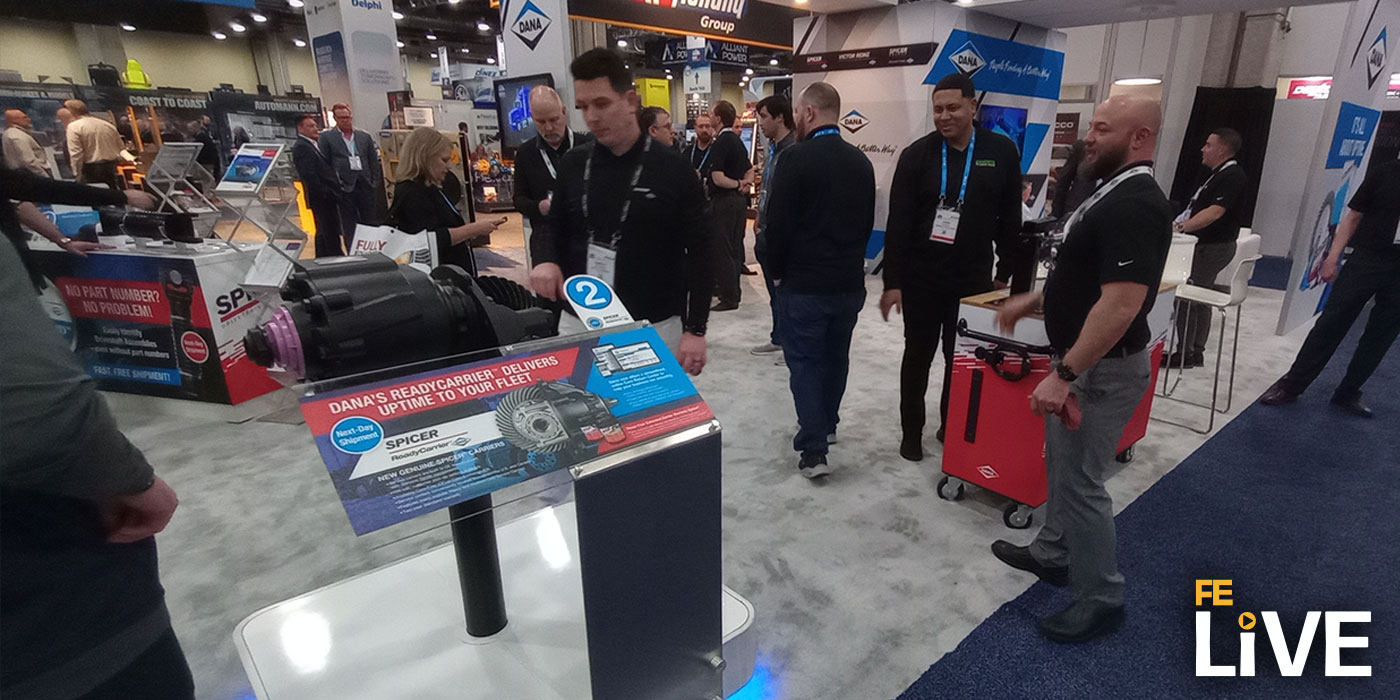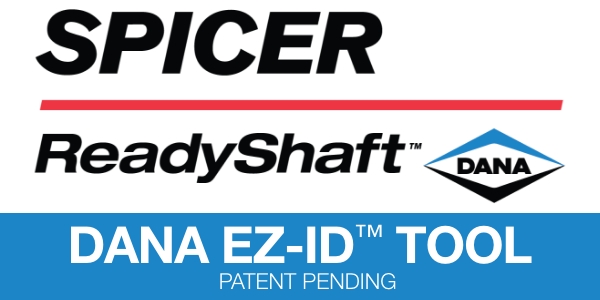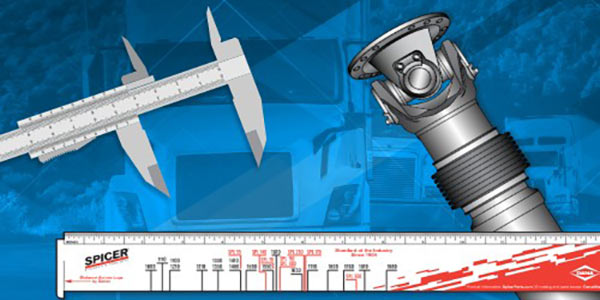…truck OEMS and suppliers have been researching, developing and testing new technology to meet anticipated changes…
Waste heat recovery—Waste heat recovery is a technology that has been in use in stationery diesel engines for years. The concept, however, is new to on-highway trucks. According to Remboski the recovery process works like steam engines. The heat exchanger boils the exhaust gas; it spins the engine and then is condensed back to fluid to go through the cycle again. Currently 60% of fuel energy goes out the exhaust, making it wasted energy that could be captured and reused.
Turbo efficiency—“Turbo charging creates more useable boost with less constriction,” noted Remboski. “In the exhaust turbine, exhaust gas spins the turbo compressor and the gas flows more efficiently with less backpressure so the turbine has less work. Waste heat recovery and turbo efficiency should provide increased vehicle fuel efficiency.”
Lubricant viscosity—Changes in lubricant viscosity includes engines and axles. Slesinski stated, “We are looking at lubricant viscosities for axles, in particular our AdvanTEK axle series.” Remboski added, “Driveline lubes used to be taken for granted, but now they are critical to reach the expected service life with engine downspeeding.”
It is clear that new technologies, some of which may still be on the drawing board, are going to be at the center of creating the onboard systems that will help OEMs and Tier I suppliers meet—and perhaps even exceed—the upcoming GHG mandate. Fleet managers know that new technology often equates to higher sticker prices, but the level of sophistication in the technology being developed now will likely provide efficiency advantages for fleets.








